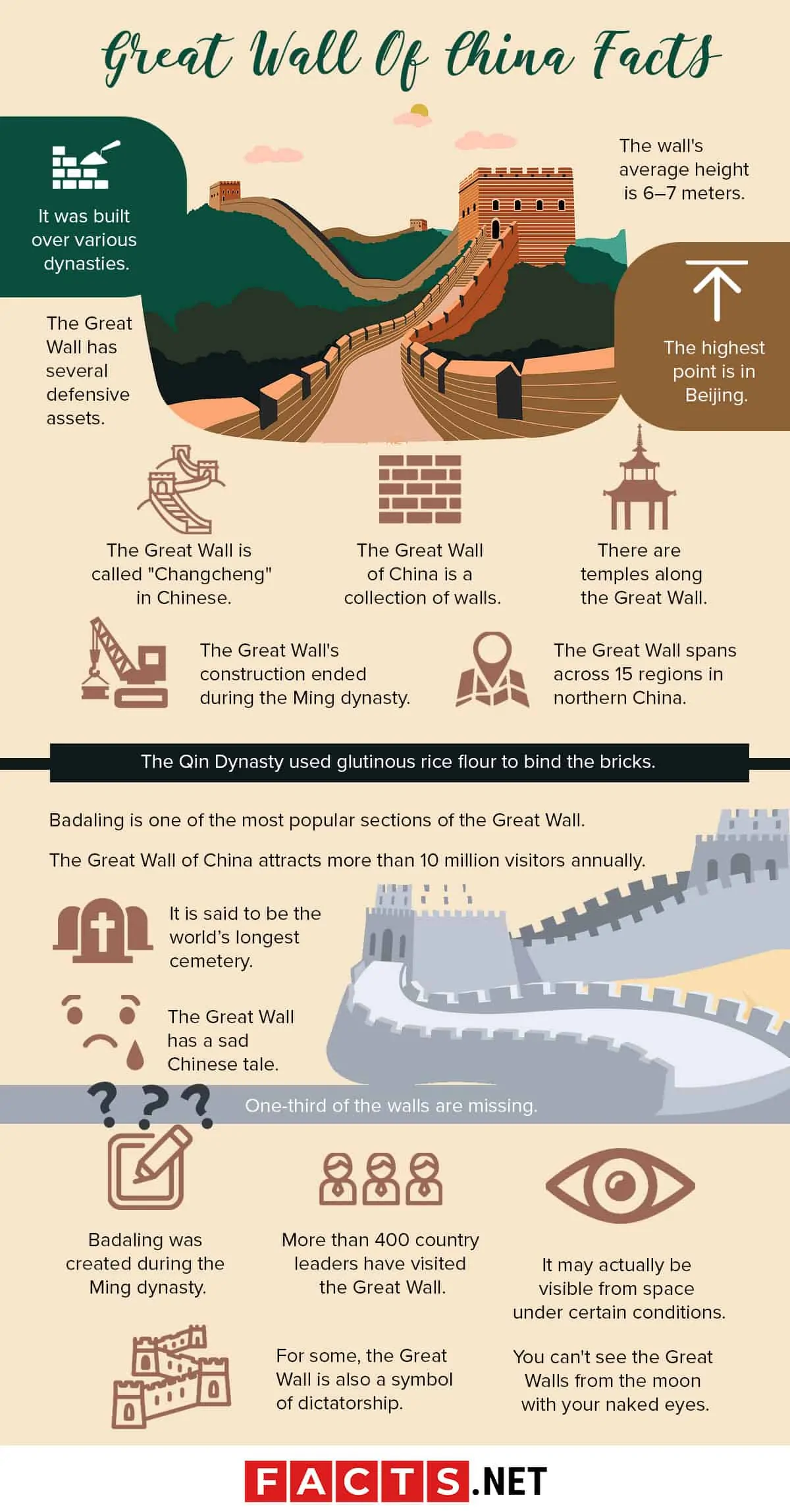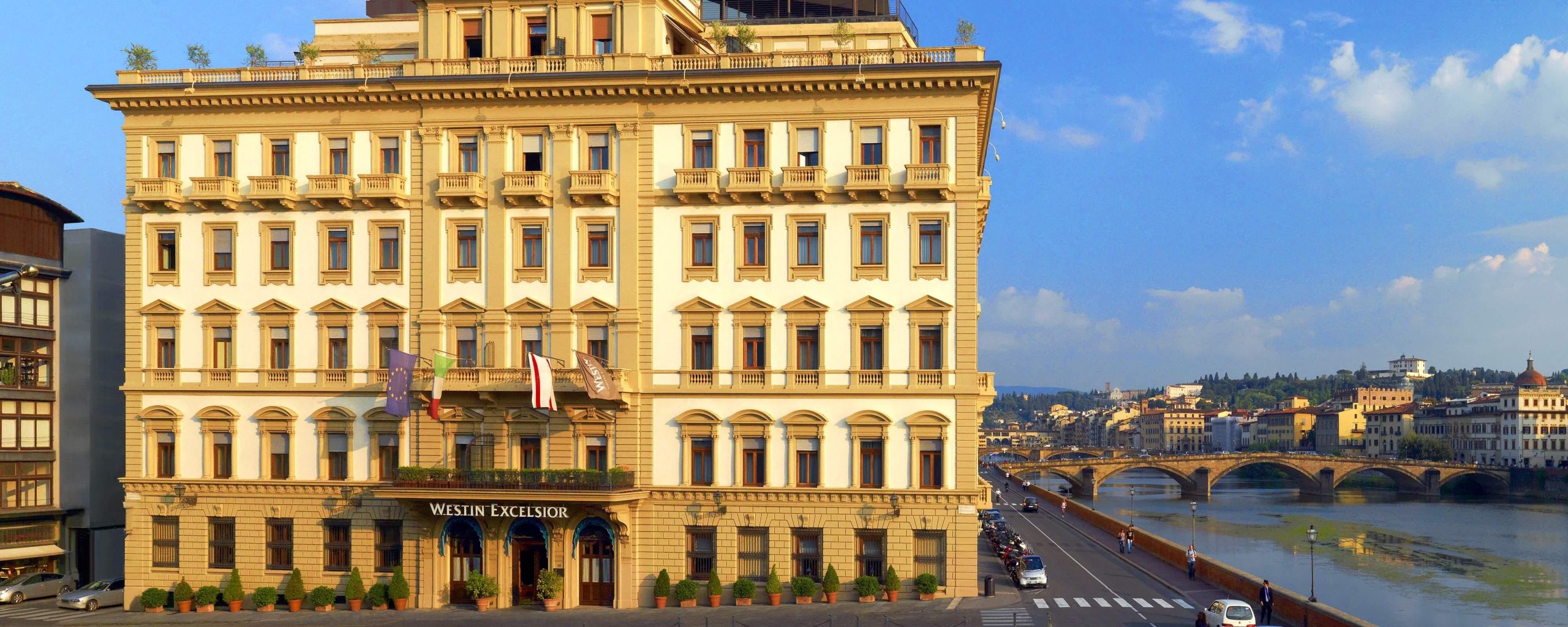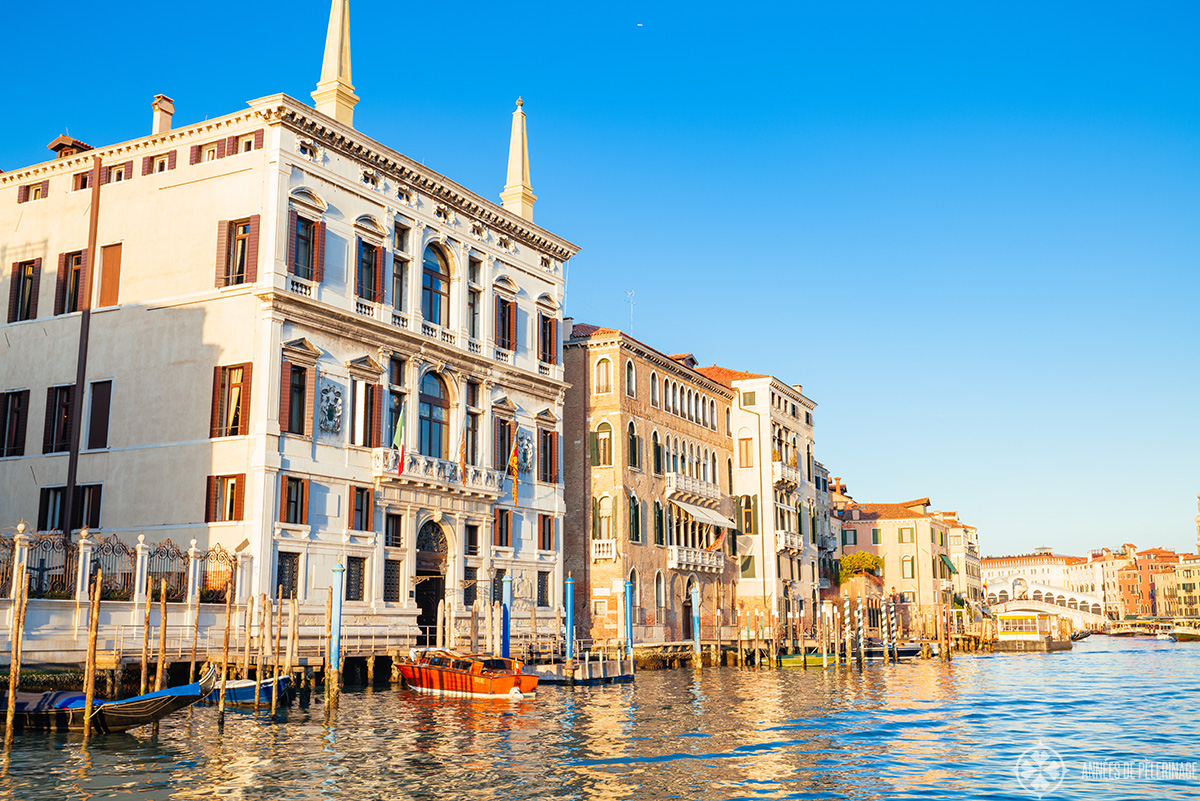
The Great Wall of China, a colossal serpentine structure that snakes across the rugged landscapes of northern China, is more than just a UNESCO World Heritage site; it is a potent symbol of human resilience, architectural ingenuity, and a millennium of history etched in stone. For centuries, it has stood as a silent sentinel, a testament to the ambition and dedication of countless laborers, soldiers, and dynasties. To truly appreciate its grandeur is to embark on a journey through time, understanding its purpose, its evolution, and the enduring legacy it continues to hold.
A History Forged in Conflict and Ambition:
The story of the Great Wall is not a single, monolithic tale but rather a fragmented chronicle woven from the efforts of various states and dynasties over two millennia. Its origins can be traced back to the 7th century BC, during the Spring and Autumn Period, when individual Chinese states began constructing defensive walls to protect themselves from rival states and nomadic tribes from the north. These early fortifications were often made of rammed earth and were scattered and disconnected.
Related Articles about The Dragon’s Backbone: Unveiling the Enduring Majesty of the Great Wall of China:
- Canada: A Tapestry of Natural Wonders and Vibrant Culture – Unveiling Its Best Tourist Attractions
- Maldives: Where Turquoise Dreams Meet Sun-Kissed Realities
- The Lion City’s Roar: Your Ultimate Travel Guide to Singapore
- Manila’s Grand Dames and Modern Marvels: A Journey Through the City’s Top Hotels
- Tanzania: A Traveler’s Paradise – Your Ultimate Guide
The true genesis of a unified Great Wall, however, is attributed to Qin Shi Huang, the first emperor of a unified China in 221 BC. Following his conquest of the warring states, he ordered the connection and reinforcement of existing walls, creating a formidable barrier stretching for thousands of miles. The primary purpose of this nascent wall was to defend against incursions by nomadic peoples like the Xiongnu, who posed a constant threat to the agricultural heartland of China. The Qin Dynasty’s construction was largely made of rammed earth, a labor-intensive but effective method for the time.
The Han Dynasty (206 BC – 220 AD) significantly expanded and strengthened the Wall, extending its reach westward to protect the burgeoning Silk Road trade routes. They introduced watchtowers and garrisons to enhance communication and defense. Following the Han, various dynasties contributed to the Wall’s upkeep and expansion, though its prominence fluctuated depending on the prevailing military and political landscape.
The most iconic and widely recognized sections of the Great Wall we see today, characterized by their imposing brick and stone construction, were primarily built during the Ming Dynasty (1368 – 1644). Faced with renewed threats from Mongol tribes, the Ming embarked on an ambitious and extensive rebuilding and fortification program. They utilized advanced engineering techniques, incorporating battlements, parapets, and strategically placed watchtowers, many of which still stand as testaments to their architectural prowess. The Ming Wall, stretching for an estimated 8,850 kilometers (including natural defensive barriers), is the most enduring and impressive iteration of this monumental undertaking.
While often romanticized as an impenetrable barrier, the Great Wall’s effectiveness was not absolute. It served as a deterrent, a means of controlling movement and trade, and a platform for communication and troop deployment. It was breached on several occasions, but its strategic importance in shaping the course of Chinese history and its cultural significance are undeniable.
Main Attractions: Pillars of the Dragon’s Spine:
The Great Wall is not a single continuous structure but a network of fortifications spread across vast distances. While countless sections exist, a few stand out as the most popular and accessible for visitors:
-
Badaling (八达岭): Arguably the most famous and well-preserved section, Badaling is easily accessible from Beijing and offers a quintessential Great Wall experience. Its steep climbs are rewarded with breathtaking panoramic views. It features well-maintained pathways, watchtowers, and a cable car for easier ascent and descent. Its popularity, however, means it can get crowded, especially during peak seasons.
-
Mutianyu (慕田峪): Located a bit further from Beijing than Badaling, Mutianyu offers a more tranquil and scenic experience. It is renowned for its lush greenery, well-preserved watchtowers, and a toboggan ride down the mountain, adding an element of fun to the visit. The section is less crowded than Badaling and offers stunning views of the surrounding countryside.
-
Jinshanling (金山岭): For those seeking a more adventurous and less commercialized experience, Jinshanling is an excellent choice. This section features a mix of restored and unrestored portions, offering a glimpse into the Wall’s raw and rugged beauty. The undulating terrain and numerous watchtowers provide ample opportunities for hiking and photography.
-
Simatai (司马台): Known for its dramatic and steep terrain, Simatai is a more challenging but incredibly rewarding section. It offers a unique blend of natural beauty and historical architecture, with some sections appearing almost precarious. It is often considered one of the most authentic and breathtaking parts of the Wall.
-
Jiankou (箭扣): This unrestored and wild section is a paradise for hikers and photographers who appreciate the raw, untamed beauty of the Wall. It’s a challenging trek, and visitors should be well-prepared and accompanied by experienced guides. The crumbling structures and natural landscape create a hauntingly beautiful atmosphere.
Travel Tips for an Unforgettable Journey:
Visiting the Great Wall is an experience of a lifetime, but proper planning ensures it’s a smooth and enjoyable one:
- Book in Advance: For popular sections like Badaling and Mutianyu, booking tickets online in advance is highly recommended, especially during peak tourist seasons, to avoid long queues.
- Comfortable Footwear: The Wall involves considerable walking, often on uneven surfaces and steep inclines. Comfortable, sturdy walking shoes are an absolute must.
- Layered Clothing: The weather can be unpredictable, even within the same day. Dressing in layers allows you to adapt to changing temperatures.
- Hydration and Snacks: Carry plenty of water, especially during warmer months, as facilities can be sparse on some sections. Light snacks are also a good idea for energy.
- Sun Protection: A hat, sunglasses, and sunscreen are essential, as you’ll be exposed to the elements for extended periods.
- Respect the Monument: The Great Wall is a historical treasure. Refrain from littering, carving your name, or damaging any part of the structure.
- Consider a Guide: For a deeper understanding of the Wall’s history and significance, hiring a knowledgeable local guide can greatly enhance your experience.
- Manage Expectations for Crowds: Be prepared for crowds at popular sections, especially during national holidays. Visiting during the shoulder seasons or early in the morning can help mitigate this.
Best Time to Visit:
The Great Wall is a year-round destination, but some seasons offer a more pleasant experience:
- Spring (April-May): This is an ideal time to visit, with mild temperatures, blooming flowers, and lush green landscapes. The weather is generally pleasant for hiking and exploring.
- Autumn (September-October): Similar to spring, autumn offers comfortable temperatures, clear skies, and vibrant foliage, especially in the surrounding hills. This is often considered the most beautiful time to visit.
- Summer (June-August): While the weather can be hot and humid, it’s still a popular time for visitors. Be prepared for higher temperatures and potential rain showers.
- Winter (November-March): Visiting in winter offers a unique and often snow-dusted perspective of the Wall. It’s significantly less crowded, and the stark beauty of the landscape can be captivating. However, be prepared for very cold temperatures and potential snow-related travel disruptions.
Nearby Hotels:
Accommodation options vary depending on the section of the Great Wall you plan to visit.
- Near Badaling and Mutianyu: The city of Beijing offers a vast array of hotels, from budget-friendly hostels to luxurious five-star establishments. Many tour operators also offer package deals that include transportation and accommodation. Closer to Mutianyu, there are guesthouses and boutique hotels offering a more serene escape.
- Near Jinshanling and Simatai: Accommodation options are more limited and tend to be simpler guesthouses or homestays, offering a more authentic local experience. Some eco-lodges and boutique hotels have also emerged in these areas. Booking in advance is crucial due to limited availability.
Local Food to Savor:
Experiencing the local cuisine is an integral part of any travel adventure. While the Great Wall itself doesn’t have a distinct culinary tradition, the regions surrounding it offer delicious opportunities:
- Beijing Cuisine: If you’re visiting from Beijing, you must try the iconic Peking Duck (北京烤鸭), a succulent roasted duck with crispy skin, served with thin pancakes, scallions, and hoisin sauce. Other Beijing specialties include Zha Jiang Mian (炸酱面), noodles with a savory meat sauce, and Douzhi (豆汁), a fermented mung bean drink (an acquired taste!).
- Local Snacks: Along the popular sections of the Wall, you’ll find vendors selling various snacks. Look out for corn on the cob, potatoes, and local pastries.
- Northern Chinese Cuisine: The regions surrounding the Wall are known for their hearty and flavorful northern Chinese dishes. This often includes dumplings (饺子), noodles, and stews made with local ingredients.
Transportation Options:
Reaching the Great Wall from Beijing is relatively straightforward, with several transportation options:
- Public Bus: This is the most economical option. Bus 877 departs from Deshengmen in Beijing and goes directly to Badaling. Buses are also available for Mutianyu and other sections, though routes and frequencies may vary.
- Tourist Buses/Shuttles: Many tour companies offer dedicated tourist buses that pick up passengers from various points in Beijing and take them to different sections of the Wall. This is a convenient option for those who prefer not to navigate public transport.
- Private Car/Taxi: Hiring a private car or taxi offers the most flexibility and comfort, allowing you to set your own schedule. This is the most expensive option but ideal for groups or those seeking a personalized experience.
- High-Speed Train: For sections like Badaling, there is a high-speed train that connects Beijing North Railway Station directly to Badaling Railway Station. This is a fast and efficient way to reach the Wall.
- Organized Tours: Many tour agencies in Beijing offer guided tours of the Great Wall, which often include transportation, entrance fees, and sometimes a guide. This is a hassle-free option for first-time visitors.
The Great Wall of China is an enduring testament to human ambition and a captivating journey into the past. Whether you are marveling at its scale from a mountaintop, tracing its weathered bricks, or simply absorbing the profound sense of history, this magnificent structure will undoubtedly leave an indelible mark on your soul. It is a dragon’s backbone, forever guarding the stories and spirit of China.








